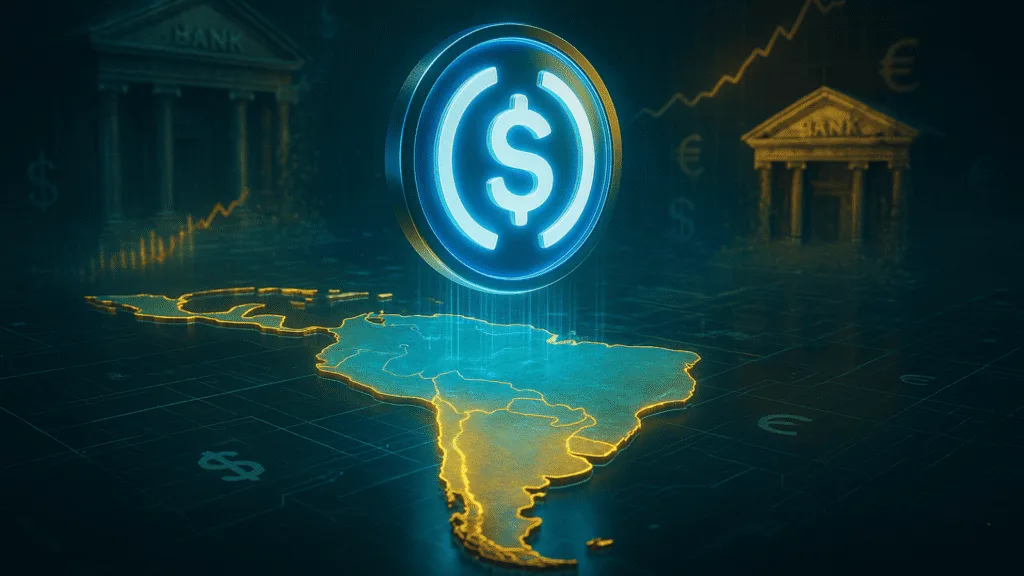- Stablecoins such as USDC and USDT are increasingly used for payments and savings across Latin America.
- Inflation and poor banking infrastructure are driving crypto adoption in Argentina, Venezuela, Bolivia, and Mexico.
- Tokenization and blockchain-based instruments could unlock investment access and capital efficiency across the region.
Latin Americans are embracing cryptocurrencies not for speculation but as a practical financial lifeline. The region’s growing dependence on blockchain-based services reflects a shift toward using crypto for payments, savings, and access to financial services amid high inflation and banking instability.
LATAM adoption is quite high. People are using stablecoins for daily life, so it’s a whole different market,” said the Bybit executive. Crypto is actually changing the lives of people.
Stablecoins are being used to bypass high remittance fees from SWIFT, and many citizens are taking crypto-backed loans for large purchases such as homes or vehicles.
Newsletter
Get weekly updates on the newest crypto stories, case studies and tips right in your mailbox.
Inflation pushes citizens toward dollar-backed stablecoins
In countries like Argentina, where annual inflation has exceeded 100%, dollar-pegged stablecoins such as USDC and USDT have become essential tools for preserving value.
According to data from Bitso, stablecoin transactions made up 39% of all crypto purchases in 2024, making them the most popular digital assets in the country.
Beyond consumer use, the region’s fragile financial systems have slowed investment and capital flows due to high costs and technological inefficiencies. Blockchain-based instruments could offer a solution.
Tokenization could unlock new capital markets
A report by Bitfinex Securities in August suggested that real-world asset (RWA) tokenization could drastically improve liquidity and market access in Latin America.
Tokenized financial products can reduce issuance costs by up to 4% and shorten listing timelines by up to 90 days, making fundraising faster and more affordable.
For decades, businesses and individuals, particularly in emerging economies and industries, have struggled to access capital through legacy markets and organizations. Tokenization removes these barriers.
Latin America was the seventh-largest crypto economy globally in 2023, trailing regions such as the Middle East and North America (MENA), Eastern Asia, and Eastern Europe but growing rapidly as digital assets become part of everyday life.













